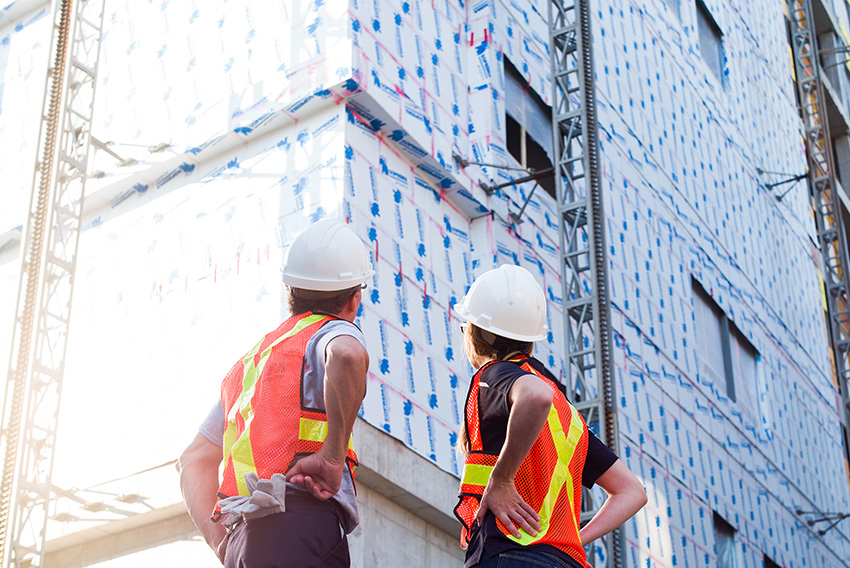
Building safety in large industrial environments depends on precise planning and design. Chemical vapors, moisture, and subsurface gases can threaten both foundation integrity and worker safety. Vapor barriers are engineered solutions that prevent contaminant migration into occupied or sensitive spaces. Their performance depends on careful design choices based on environmental and operational conditions. With technical expertise from Midwest Barrier Solutions, industrial developers can plan, install, and maintain durable vapor management systems for long-term protection.
Site evaluation guiding barrier implementation
Before selecting materials or design layouts, engineers must assess soil and subsurface conditions. Proper evaluation ensures that barriers align with structural and environmental requirements.
- Soil testing determines gas permeability and contamination levels within the foundation zone
- Groundwater monitoring identifies potential pressure fluctuations affecting vapor accumulation
- Subsurface mapping locates critical points needing targeted sealing or venting systems
- Laboratory data guide material selection for chemical and mechanical resilience
- Environmental reports support regulatory compliance during the project planning phase
Monitoring systems ensuring operational reliability
Continuous monitoring validates barrier performance over time. These systems detect potential leaks or pressure changes early for quick intervention.

Material optimization for heavy-duty environments
Industrial conditions demand high-strength materials capable of withstanding mechanical stress. The choice of membranes and sealants directly impacts project longevity.
- Multi-layer membranes improve tensile strength and block mixed vapor intrusions
- Reinforced polyethylene offers durability under varying temperature conditions
- Reactive sealants provide self-healing properties during small crack formation
- Chemical-resistant coatings extend surface life against volatile compounds
- Flexible films enable smooth installation over irregular subgrade surfaces
Why is barrier design critical for manufacturing safety?
Manufacturing zones handle chemicals that generate gases capable of soil infiltration. Without engineered vapor barriers, contaminants could impact internal air quality. Proper design ensures both worker safety and environmental protection.
Load-bearing coordination with vapor mitigation
Heavy equipment and foundation loads must not compromise vapor systems. Engineers must consider placement, weight distribution, and long-term material response.
- Reinforcement designs distribute weight to avoid excessive barrier strain points
- Joint sealing materials retain strength under fluctuating pressure conditions
- Isolation layers protect membranes from direct contact with machinery bases
- Anchoring systems prevent material shifts caused by vibration or movement
- Protective coatings resist thermal expansion caused by industrial process heat
How can maintenance improve system life?
Regular inspection keeps barriers performing under demanding conditions. Scheduled evaluation detects any stress, wear, or environmental damage. Engineers replace or reseal affected sections to ensure continued compliance.
Building safety through precision
Every durable structure begins with precise engineering and safety foresight. Vapor control strengthens foundations and protects air quality throughout operations. Proper planning reduces long-term costs while supporting regulatory responsibility. Industrial growth depends on sustainable solutions that combine performance with safety. With Midwest Barrier Solutions, manufacturers secure dependable vapor protection built to meet every compliance standard.






